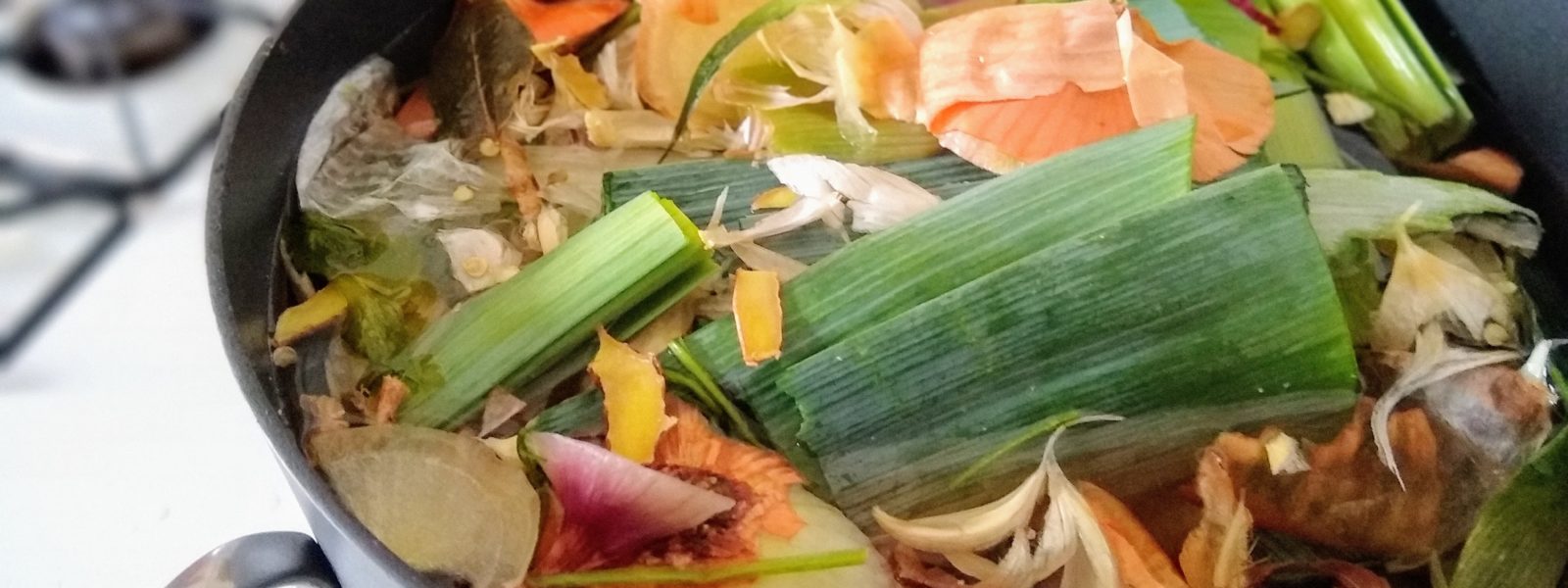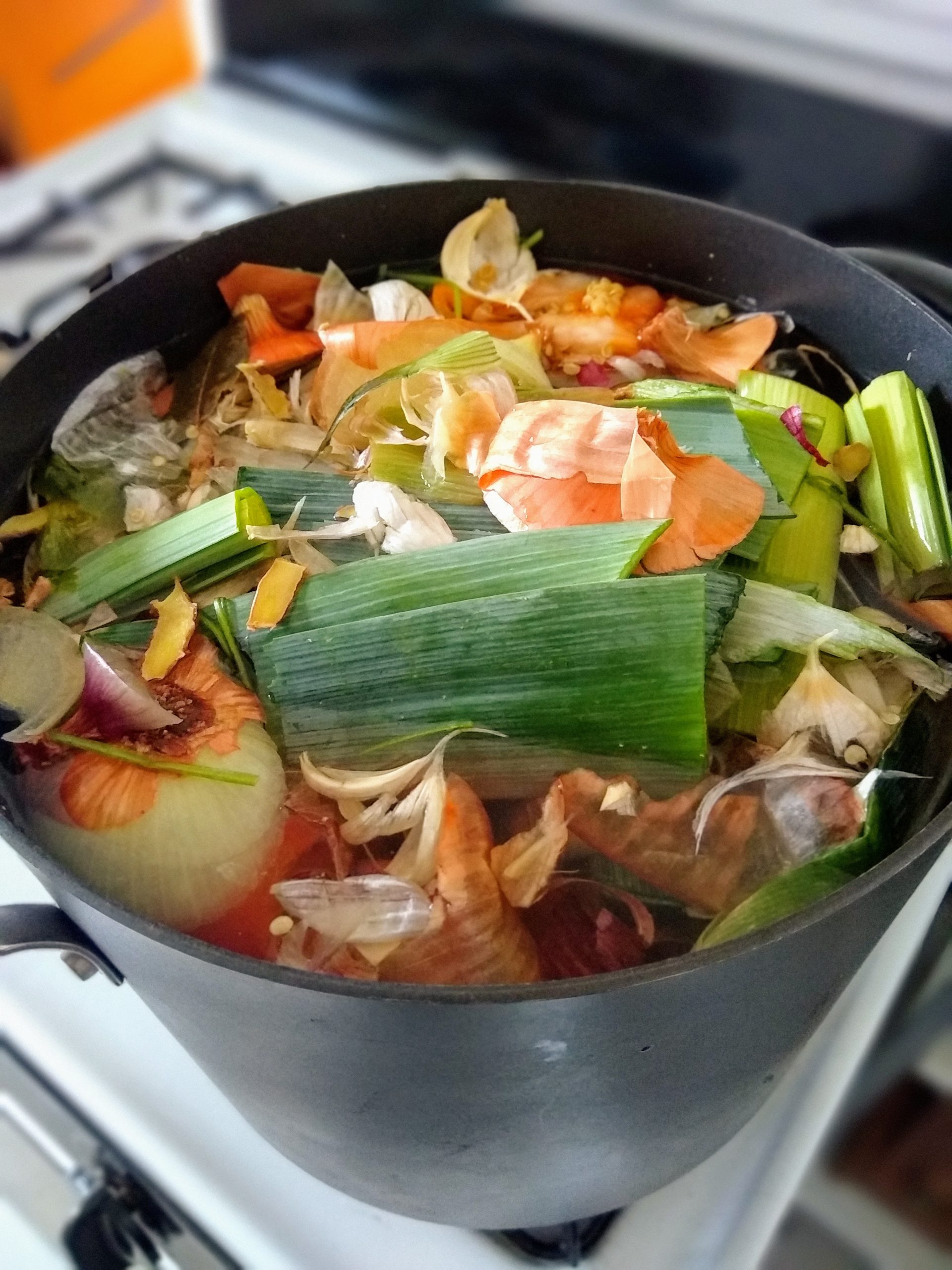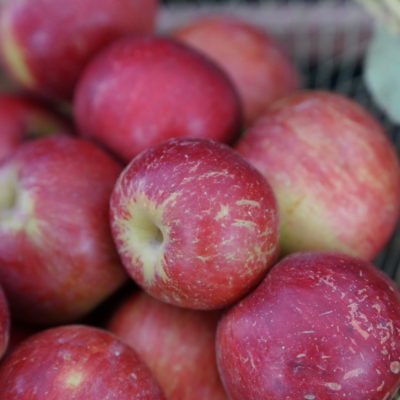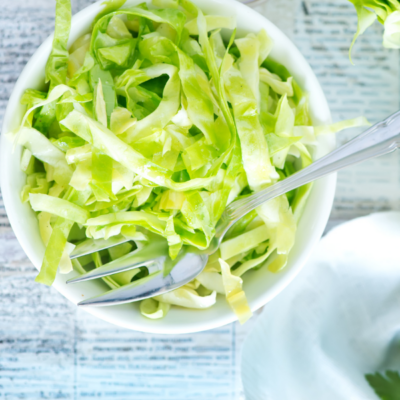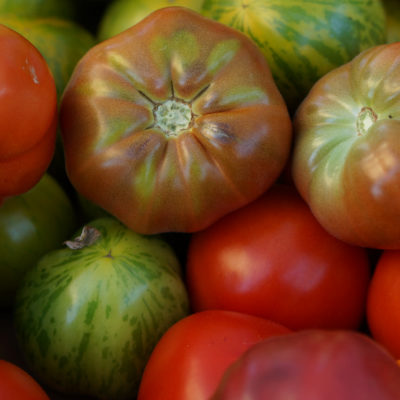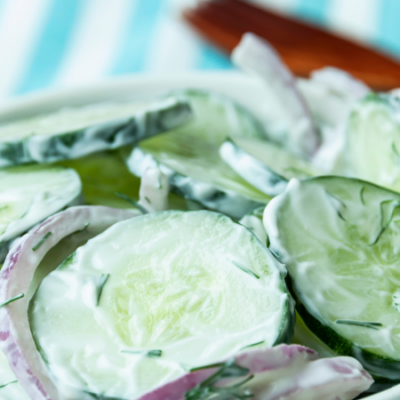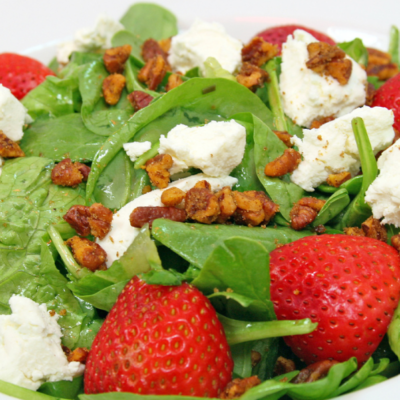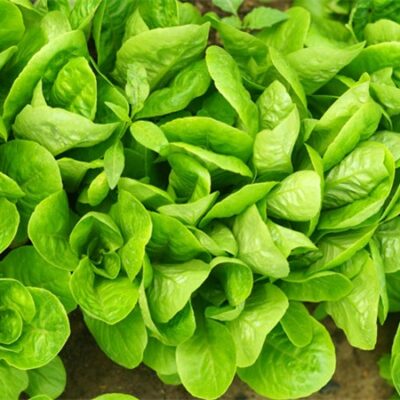Did you know you can save your vegetable scraps to make vegetable broth? What a great way to reduce food waste! Easily store veggie scraps in gallon sized freezer safe bags or other air tight container and store them in the freezer until you are ready to make the broth. While you can save most vegetable scraps for this broth, certain vegetables are better than others and should be used in larger amounts:
Vegetables for your base – at least 50%:
- Onion peels and ends
- Leek trimmings, well washed!
- Celery ends and leaves
- Carrot ends, peels and leaves
Remaining 50%:
- Asparagus trimmings
- Chard stems
- Cheese rinds
- Eggplant ends
- Garlic skins, ends and stems
- Ginger
- Green bean tips
- Mushroom stems
- Sweet potato skins and ends
- Squash ends
- Pepper cores and ends
- Tomato seeds and ends
- Herbs in smaller quantities (can overpower the flavor)
Vegetables to avoid:
- Cruciferous vegetables like broccoli, Brussels sprouts, cauliflower, cabbage, rutabaga, etc., which turn bitter when cooked for long periods
- Potatoes, turnips and other starchy vegetables, which can make broth gummy
- Beets, unless you are okay with dying your broth dark red
- Dirty or rotting vegetables
This recipe comes from our 2020 nutrition intern Jessica Bruggen. Click here to learn more about zero waste cooking.
Zero Waste Vegetable Broth
Ingredients
- 2 1-gallon bags full of frozen vegetable scraps (about 8 -10 cups worth)
- Water
- Salt, to taste
Instructions
Empty the 2 bags of frozen vegetable scraps into a large pot and fill with water until the water level is about an inch lower than the frozen vegetables. Add salt and/or herbs to taste. Bring to a boil and then simmer for 45minutes.
After cooking, strain vegetables from liquid and apply pressure to vegetables to remove trapped broth. Compost the solids if possible otherwise discard.
Use the broth immediately for soups or cooking grains, or empty broth into storage containers and refrigerate for upto 4 days. The broth can also be frozen once it has cooled. If freezing be sure to leave at least one inch of head space to allow for expansion.
Put your broth to work with our healthy, seasonal soup recipes!
